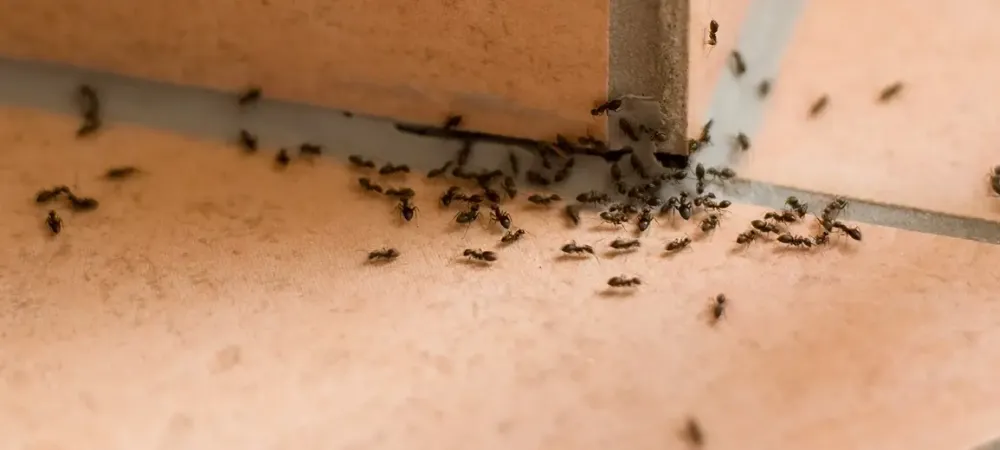Asian Needle Ants: The Painful Invader Spreading Across U.S. Yards

Asian needle ants are quickly becoming one of the most troublesome invasive ants in the United States. First spotted in the 1930s, this stinging species has now been found in more than 20 states, especially in the warm, humid Southeast. From Georgia to Pennsylvania, and increasingly across South Carolina, homeowners are reporting painful encounters and growing infestations.
What Are Asian Needle Ants?
Scientific name: Brachyponera chinensis
Origin: Native to Asia, introduced to the U.S. sometime in the early 20th century
Preferred habitats: Shaded, damp areas like mulch beds, wood piles, leaf litter, crawlspaces, and under AC units
Visually, Asian needle ants are dark brown to black with a slender body and a visible stinger at the end. They’re usually slower-moving than fire ants and less aggressive unless disturbed. Unlike many common ants, they don't form large mounds, making them harder to spot.
Why They’re a Threat
Asian needle ants are dangerous. Their sting delivers intense pain, similar to that of a wasp, and in some cases, can trigger severe allergic reactions like anaphylaxis. They are one of the few ants in the U.S. known to cause medical concerns from stings.
But their threat goes beyond the sting.
Asian needle ants displace native ant species, including beneficial ones like the odorous house ant. This disrupts natural ecosystems, potentially impacting pollinators and soil health. What makes them even more concerning is their ability to survive in cooler climates, which means they could continue spreading into northern states.
Where They’re Spreading (National + South Carolina)
These invasive ants have been confirmed in numerous states across the Southeast and Mid-Atlantic, including:
- Georgia
- South Carolina
- North Carolina
- Tennessee
- Virginia
- Pennsylvania
In South Carolina, Asian needle ants have been spotted in Charleston, Columbia, Greenville, and their surrounding suburbs. They’re especially active in residential areas where shaded landscaping and mulch beds offer perfect nesting conditions.
Signs You Might Have Them
Because Asian needle ants nest in concealed areas, infestations often go unnoticed until someone gets stung. Here’s what to watch for:
- Sudden, painful stings—especially when working in shaded yard areas or garden beds
- Ant trails near mulch, wood piles, leaf litter, or HVAC units
- Ants that move slowly and don’t swarm like fire ants
- No visible mounds, just small colonies under debris
If you or someone in your household has been stung in the yard, it may have been an Asian needle ant.
What to Do If You Suspect Them
If you think you have Asian needle ants on your property, don’t try to handle the problem on your own. These ants sting defensively, and disturbing their nests can make things worse. Here are some quick tips:
- Avoid working in mulch-heavy areas near your home until inspected
- Never disturb nests without proper protective equipment
- Schedule a professional inspection and treatment
ProCore Pest Control offers free in-person ant inspections throughout South Carolina and can help identify whether you’re dealing with Asian needle ants or another species. Early action is key, especially before colonies grow or sting risks increase in summer.
Why ProCore Handles Invasive Ants Best
At ProCore, we’re experts in identifying and treating invasive species like Asian needle ants. We provide professional ant control services across all of South Carolina, with specialized treatment plans tailored to your yard’s conditions.
Here’s why homeowners trust us:
- No contracts required
- Same-day service available
- Friendly, knowledgeable technicians trained in invasive species
- Free inspections and estimates
- Pet and family friendly products
- Seasonal programs that tackle summer ant surges early
If you’ve noticed painful stings or suspect stinging ants in your yard, don’t wait. Asian needle ants are more than a passing pest, they’re a threat that requires expert care.
